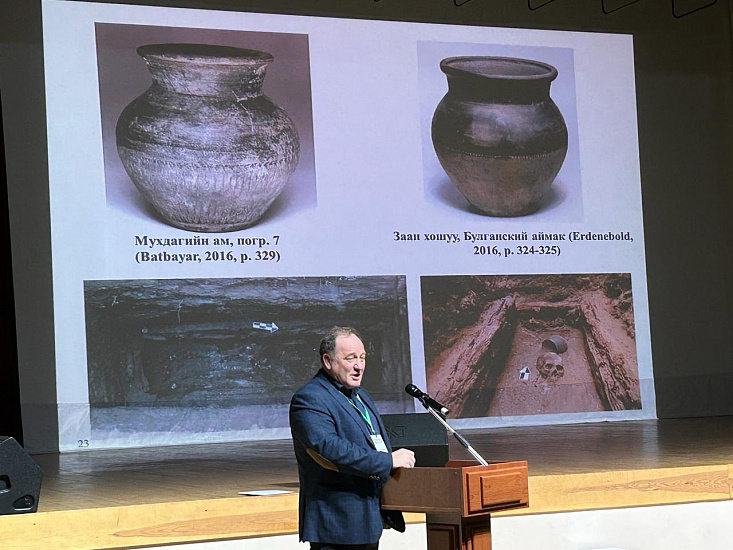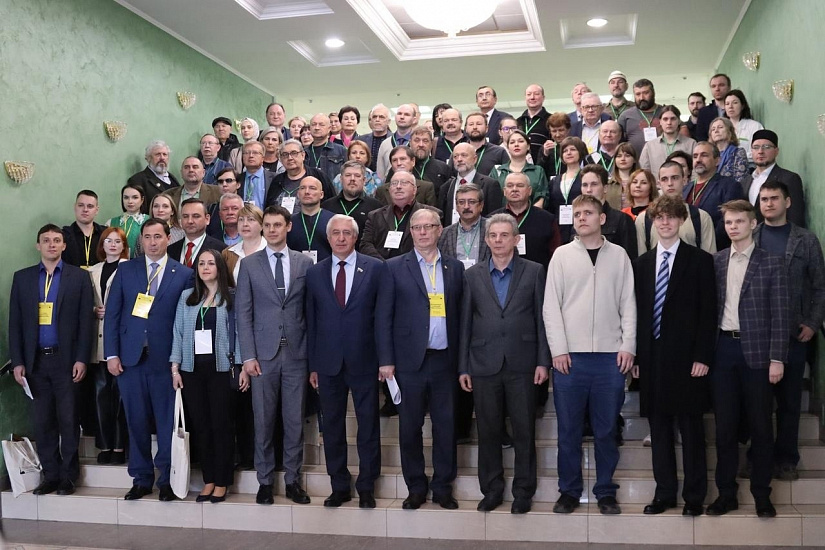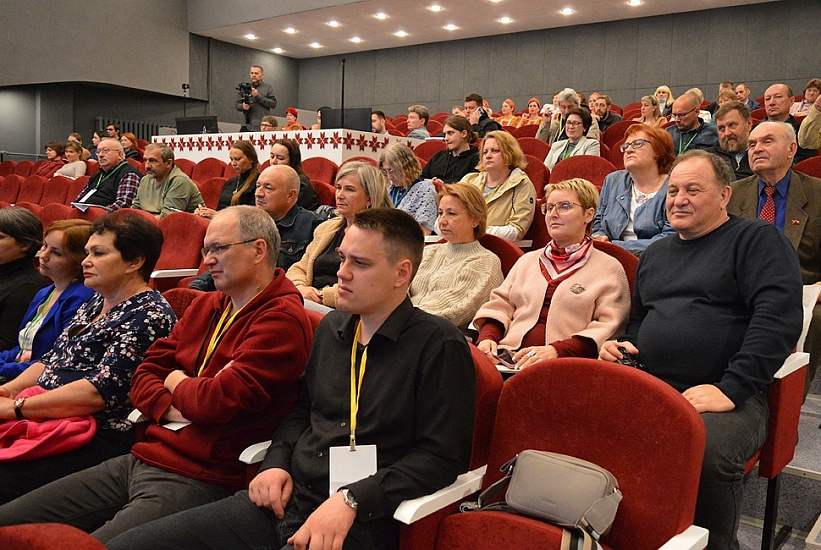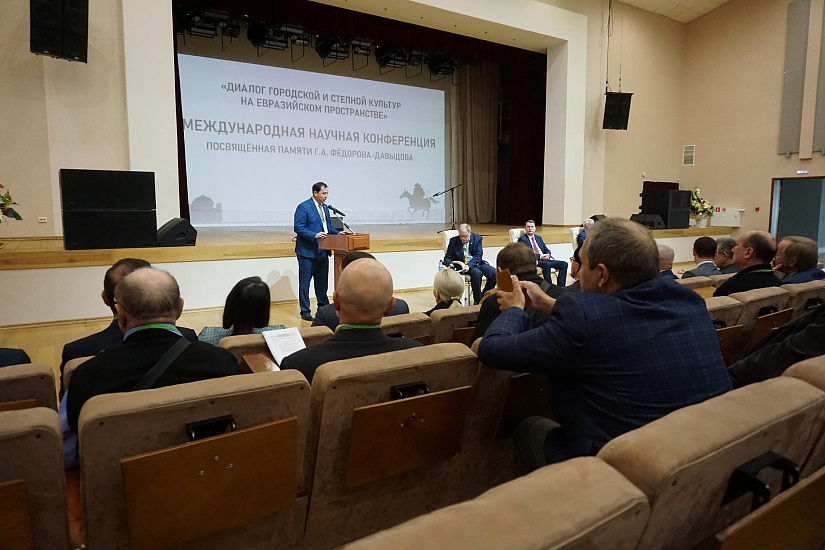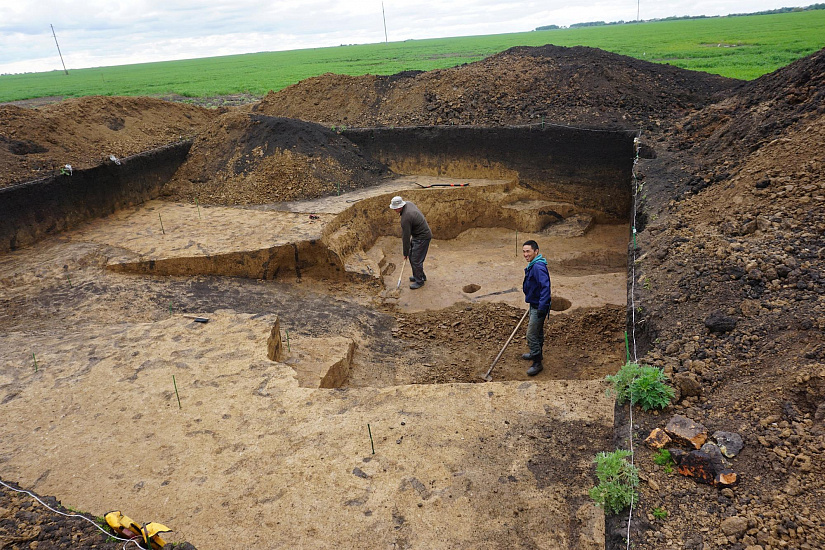INRTU Professor Artur Kharinskii Spoke about the "Migration" Of the Mongolian Burial Tradition at the Forum in Penza
Professor of INRTU Artur Kharinskii spoke at the X Forum “Dialogue of Urban and Steppe Cultures in the Eurasian Space”. He dedicated his paper to the “migration” of Mongolian burial tradition to the West.
According to the organizing committee, the conference was devoted to the memory of the outstanding historian and archaeologist G.A. Fedorov-Davydov. The event brought together over 140 scientists fr om Europe and Central and Middle Asia. The Forum started with a plenary session in the Penza Lermontov Library. The second venue was the local museum of regional history. The key areas of the conference are related to the study of history, archaeology, historical geography of the Golden Horde regions and other states associated with the history of the Mongol Empire.
The only participant fr om the Angara region is the INRTU professor, archeologist Artur Kharinskii. According to him, the conference is traditionally held in different cities. Earlier, the professor had already spoken at forums in Yalta, Pyatigorsk and Azov. Penza region was chosen as a place for the meeting of scientists not by chance. In the 13-14th centuries this territory was on the border of Russian lands and Ulus Dzhuchi (Golden Horde).
During the plenary speech, Artur Viktorovich told about the spread of the burial tradition of the Mongols to the lands they conquered. He recalled the results of the 2017-2018 expeditions in northern Mongolia (the surroundings of Lake Khubsugul). Professor also analyzed the data of research conducted by Mongolian colleagues on the coast of the Egiin-Gol River flowing from Khubsugul.
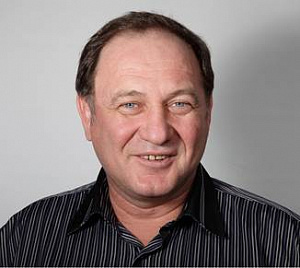
“We tried to figure out whether the Mongols had developed a unified burial ritual, or whether different regions had their own burial traditions? During one of these trips, we found a burial with a wooden structure and a ram's tibia. The scull of the deceased was oriented to the north. Such burials indicate that they belong to the Sayantui type burials, which is characteristic of southeastern part of Trans-Baikal region, the Onon River valley, the upper reaches of the Kerulen and Tuul (Tola) rivers. This three-river area is considered to be the center of the formation of the Mongolian nation. Probably, with the expansion of the empire, the eastern settlers found themselves on the banks of the Egiin-Gol", – notes Artur Kharinskii.
He emphasizes that even more Mongol burials of the Sayantui type appeared as the conquerors advanced westward. Archaeologists found such objects in Eastern Europe. In the Voronezh region, large burial pits with a specially designated area for the remains of a horse are found. Such a burial ritual is characteristic of the Altai population of the Mongol conquest period.
“All this indicates that along with the Mongols, the conquered peoples moved to the West, burying the dead according to their own traditions, different from Mongol ones,” the professor explains.
The Forum ended with an excursion to the Narovchat village in the Penza region. The ancient Mordovian center of Moksha, conquered by the Mongols, was located here. Moksha became the residence of Uzbek Khan for several years, wh ere he began to create New Sarai (the capital of the Golden Horde). Later Russian forts appeared here.
After the conference Artur Kharinskii went to Kazan, wh ere he was an opponent at the defense of the PhD dissertation of Evgeny Pigarev. The candidate prepared a study related to the history of the Golden Horde.
In summer the professor of INRTU will again touch upon the topic of nomadic civilizations. At the end of June he together with Mongolian scientists will go on excavations near Khubsugul. The project is realized within the framework of cooperation between INRTU and the Institute of Archaeology of the Mongolian Academy of Sciences.

